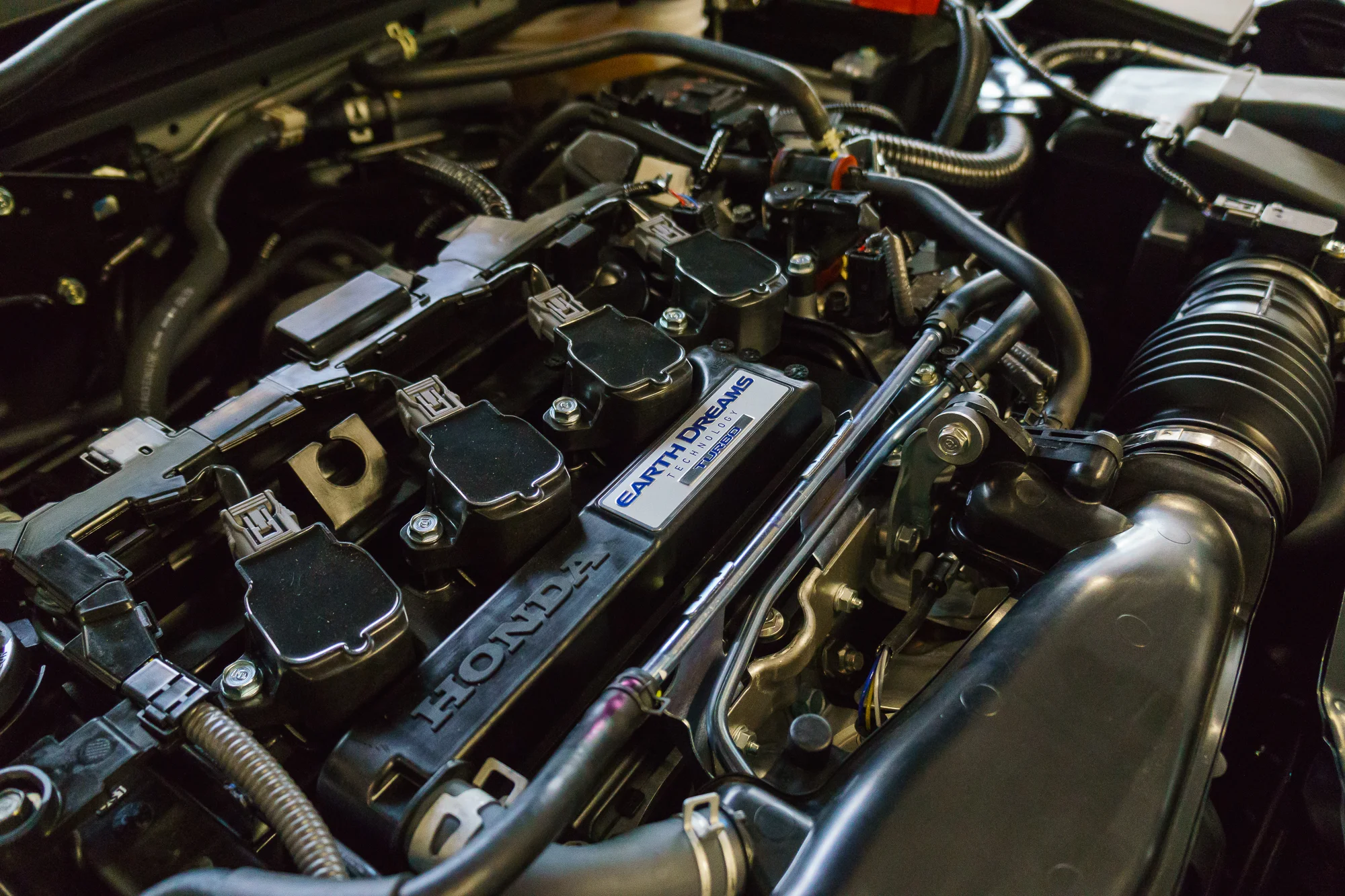Part 2: The Asian Invasion
The early 80s were the dark ages for Muscle cars. The series of Clean Air Act amendments in the 70s brought the muscle car to its knees. Once mighty powerplants that put out 300 – 400 horsepower were now barely eking out 150 horsepower while still retaining their fuel hungry demeanor.
To further drive the nail into the coffin, OPEC’s power move in 1979 pushed gas prices high enough to convince the aforementioned dads that maybe those muscle cars were not really the solution.
This set the stage for Japanese cars. Having spent the last decade focusing on manufacturing efficiency, Japanese automakers put out fully furnished consumer cars for less than their American counterparts.
This created an explosion in Japanese auto sales in the US. Yes, this boom in cheap, fuel sipping people movers cemented the perception that Japanese cars were cheap tin cans, but the flow in cash allowed the automakers to grow their research and development budget. This growth drove the Japanese horsepower wars, which would be the foundation for Japanese Domestic Market (JDM) culture.
The Attraction of the Japanese Domestic Market
Interestingly, the same year as the age of the Muscle Car hurtled towards it’s end, Datsun (now Nissan) released the Datsun 240Z in Japan. This car started the Japanese trend of mating small 4 cylinder reliable motors to a strong handling chasses - a philosophy which has defined Japanese automakers to this day.
Fast forward to the 90s, and cars such as the Acura Integra RS, Mitsubishi Lancer EVO, and Nissan Skyline GTR were tearing up the streets in Japan. While a significant number of models were sold in both Japan and the United States, most of the high powered versions were only sold in Japan. Adding to the “forbidden fruit” mystique was the Gentlemen’s Agreement.
According to lore, in the late 80s the Japanese automakers all got together and voluntarily limited their cars to a maximum of 276 horsepower to reduce automotive fatalities. While the agreement continued up through 2004, it was in name only. By the 2000s, many of Japan’s famous sports cars produced upwards of 300 horsepower.
This turned cars from the Japanese Domestic Market (JDM) into vehicles to be revered. Young American gearheads in the 90s disillusioned with the American market, began to look at the JDM. Couple that interest with the low cost and good handling of the Japanese cars, and enthusiasts began to import go-fast Japanese parts and bolted them onto their US domestic market (USDM) cars.
The Problem with Japanese Cars
Just one problem - Japanese cars are almost the antithesis of the masculine muscle car. With soft, rounded corners and (in the case of the ’95 Miata) a front end that looked like the happiest car on the planet, Japanese cars weren’t very masculine.
Improvements in plastics and the Japanese push for efficiency meant that these cars were composed of more plastic than ever. Furthermore, their small size made them more like that quiet guy in the corner of the bar than the man buying shots for everyone (which the muscle cars were).
Also there was a demographic problem. Remember how mostly young gearheads began modifying Japanese cars? Well new guys are always easy to make fun of. Couple that with the illusions of intelligence that youth brings, and the JDM scene became an easy target to ridicule.
But the real killer for JDM vehicles were the motors. These intentionally weak, fuel sipping 4 cylinder motors almost struck a feminine, rational profile to the masculine power lust of the V8s.
Sure, the low weight and the well-developed suspensions meant that the Japanese cars had superior handling, but “handling” is like “potential”. It’s easy to say you have it, but hard to prove. The problem is that handling is all up to driver skill – put the best handling car with a terrible driver and they might as well have driven a Muscle Car. But put a massive engine in front of a new driver, and they will go fast. Sure they may launch slower than a professional driver, but power will make itself known. Handling wont.
So what does this mean for how Masculinity is defined in Car Culture? Read on Part 3. If you jumped in halfway, here's part 1.


